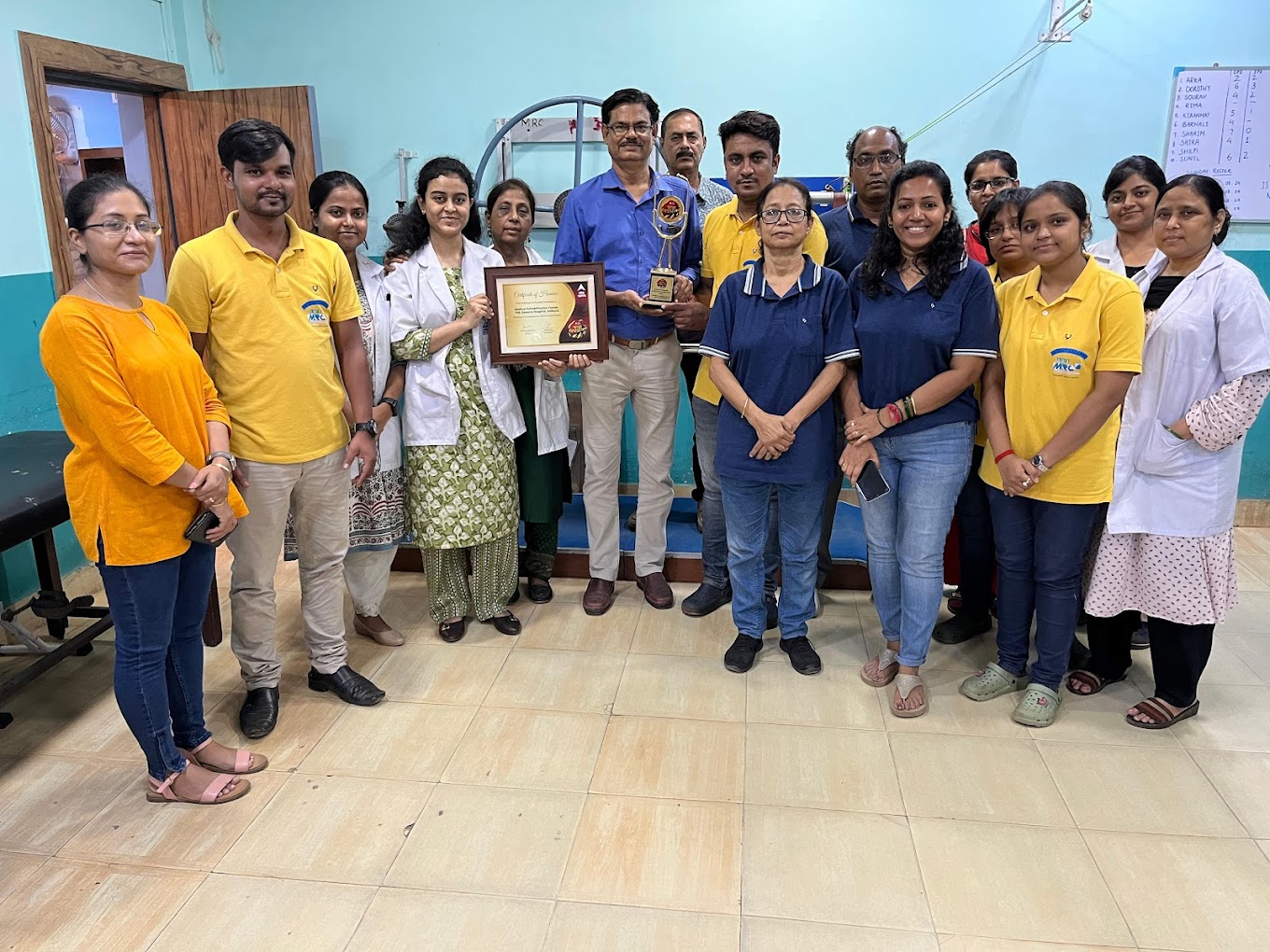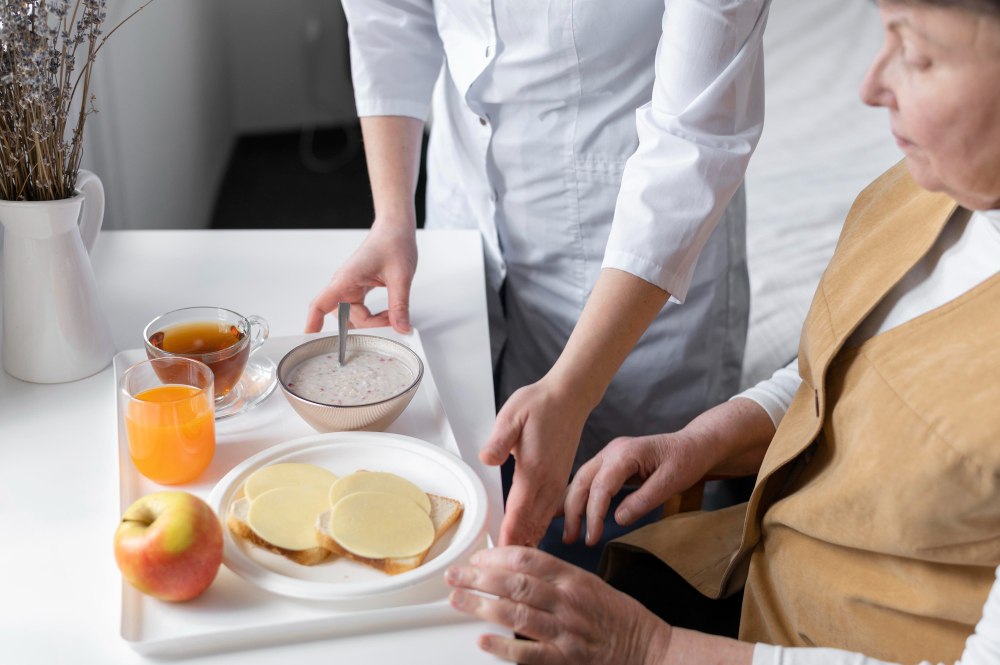
Last updated on by MRC
People living with persistent pain don’t just have discomfort. They carry invisible weights — sleep disturbances, low mood, physical limitations, and sometimes a sense of isolation that’s hard to describe. Chronic pain management in such cases can’t be handled with a single prescription or a routine check-up. That’s where a multidisciplinary pain clinic steps in, offering a structured path not just toward relief, but recovery. It’s not about chasing temporary fixes — it’s about regaining control, day by day.
Let’s understand why the multidisciplinary approach is transforming how chronic pain is treated in rehabilitation centers and why it’s becoming a gold standard for chronic pain rehabilitation worldwide.
The human body is a complex system, and pain often affects more than one area of life. Multidisciplinary pain management considers this complexity and treats the whole person. A multidisciplinary pain clinic combines the expertise of various professionals — physiotherapists, doctors, psychologists, occupational therapists, and others — who work together under one roof. This coordinated effort offers a patient more than one angle of healing.
For example, someone with lower back pain might not only need medication for inflammation but also physiotherapy to strengthen core muscles and therapy to address the mental stress associated with long-term discomfort. Each specialist plays a role in helping the patient break the cycle of pain.
One of the biggest advantages of a multidisciplinary pain clinic is the way it approaches diagnosis. Instead of sending patients to various departments, everything from imaging to blood tests to physical evaluations happens within the same team. These professionals then collaborate to create a tailored treatment plan. This minimizes delays and avoids conflicting medical opinions.
This structured system is particularly helpful for chronic pain management where symptoms can vary widely and often lack a clear physical cause. With multiple expert perspectives, the root cause can be better identified and addressed.
At the core of multidisciplinary pain management lies the strategic combination of therapies. This blend works better than isolated treatments. Common combinations include:
Such coordinated care ensures that pain isn’t just masked, but gradually reduced while improving function and life quality. This is especially important in chronic pain rehabilitation, where sustained progress is key.
Get detailed information on The Role of Physiotherapy in Relieving Chronic Pain and Improving Mobility
Chronic pain can often lead to anxiety, depression, and emotional exhaustion. This isn’t just a side effect; it’s a significant part of the pain experience. That’s why multidisciplinary pain clinics always involve mental health professionals. Therapists and psychologists work alongside medical doctors to address these emotional challenges.
Patients undergoing chronic pain rehabilitation often report that therapy sessions help them cope better with the day-to-day realities of their condition, boosting confidence and resilience over time.
In a traditional treatment setting, patients often feel like they’re stuck in a loop — moving from one specialist to another without clear direction.
A multidisciplinary pain clinic changes that. Every professional involved regularly communicates with each other. This means fewer contradictions, more clarity, and a focused treatment journey.
It also empowers the patient. With clear goals, scheduled reviews, and shared progress tracking, patients feel part of the process. And that motivation can make all the difference in chronic pain management.
Patients in multidisciplinary pain management programs often experience faster and more sustainable recovery. Why? Because the approach doesn’t just address symptoms — it deals with lifestyle, posture, physical strength, sleep, stress, and nutrition. Pain becomes manageable, not overwhelming.
Recovery isn’t just measured by less pain but by how much more a person can do. Whether it’s going back to work, lifting their child, or walking without fear, chronic pain rehabilitation makes those moments possible again.
More rehabilitation centers are turning to multidisciplinary pain management because the results speak for themselves. This approach leads to fewer hospital visits, reduced reliance on opioids, and significantly better patient satisfaction.
For individuals navigating years of discomfort, this kind of comprehensive support is more than treatment — it’s a new chapter.
For those looking for the best pain clinic in Kolkata, MRC, the Medical Rehabilitation Center stands out. We operate with a highly skilled multidisciplinary team. From diagnostics to integrated therapeutics and surgical rehab, we cover the entire spectrum of chronic pain management.
Check this out: From Diagnosis to Recovery: How Rehabilitation Centers Manage Pain Effectively
As a leading pain management hospital in Kolkata, we provide physiotherapy, paralysis treatment, and pain relief plans tailored to individual needs throughout the year. Their approach combines the precision of medicine with the warmth of personalized care — all in a comfortable and patient-focused environment.
Living with chronic pain doesn’t mean living without hope. A multidisciplinary pain clinic turns passive coping into active recovery. It brings professionals together to design a plan that fits the patient, not the other way around. With proven success in chronic pain management, this approach doesn’t just silence the pain — it rebuilds the person.
From physical healing to emotional support, multidisciplinary pain management offers something rare in medical treatment: a full-circle answer.









